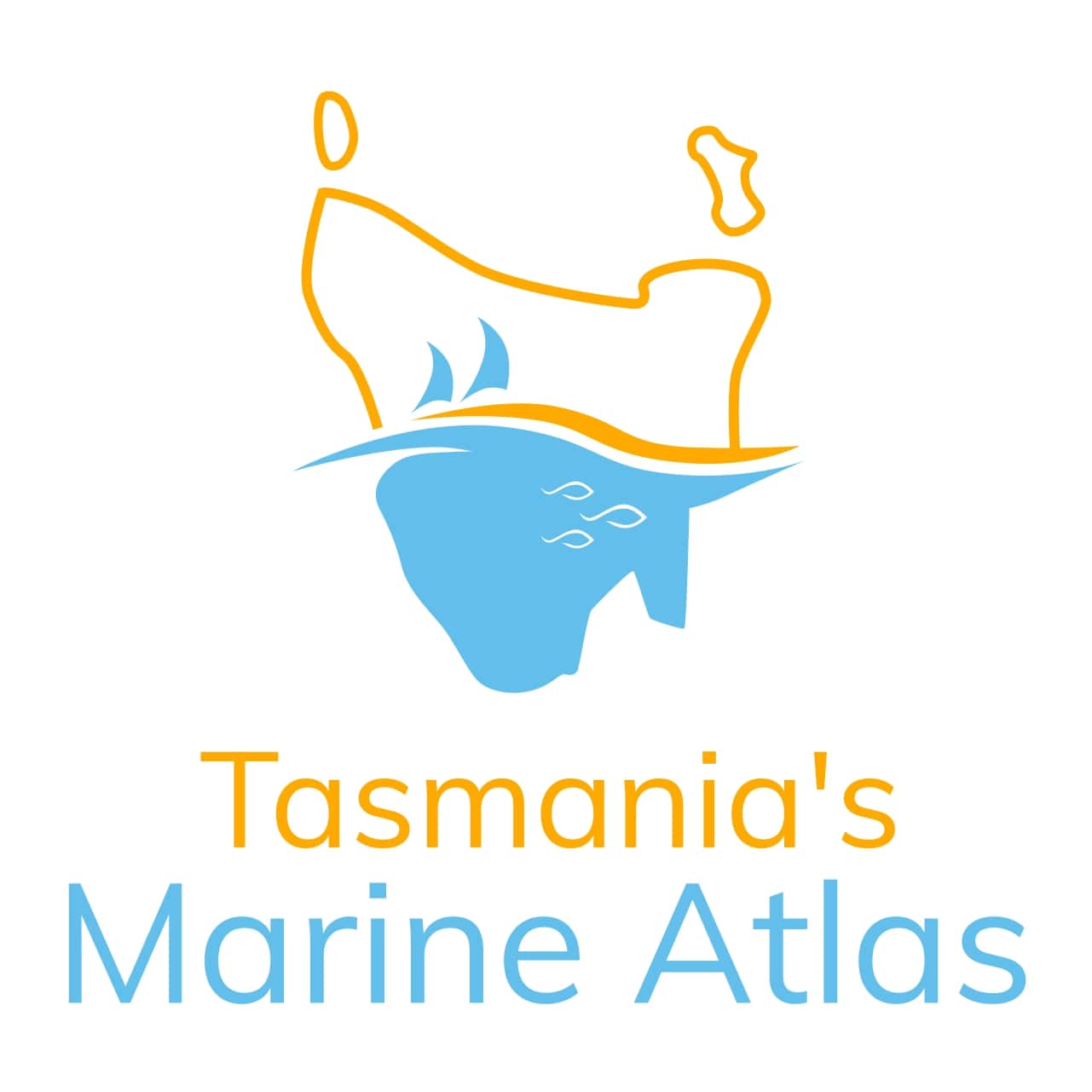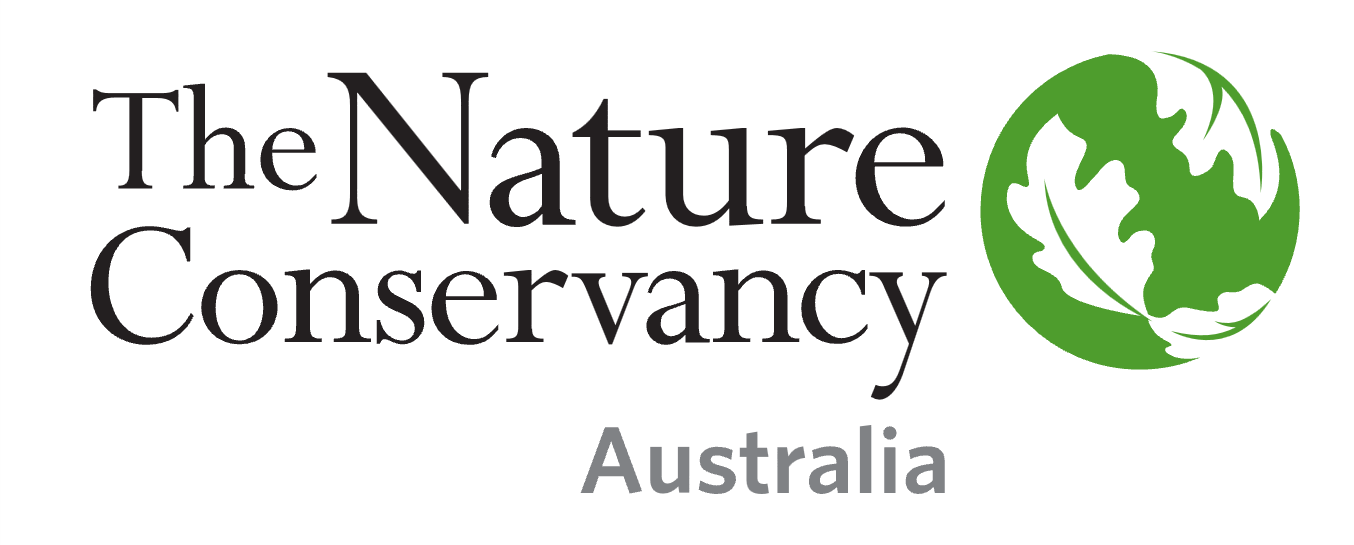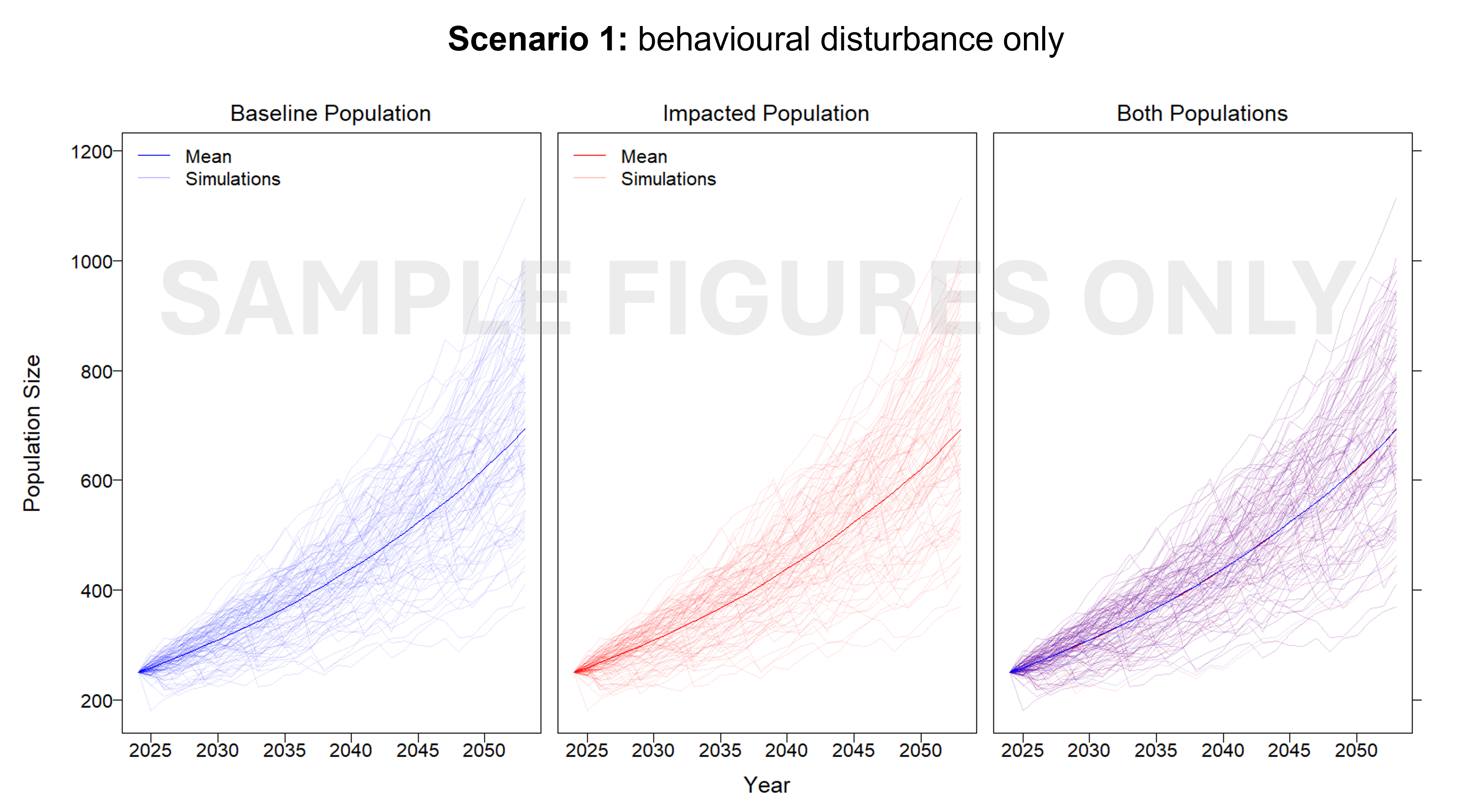Coastal Waters (Australia) | Coastal Waters (Australia) | Tasmania Coast, TAS
Type of resources
Topics
Keywords
Contact for the resource
Provided by
-
This dataset contains raw RNA sequencing reads from juvenile Ecklonia radiata (Laminariales) collected from Coal Point, Tasmania, and used in a controlled laboratory experiment examining the effects of temperature and elevated CO₂ on gene expression. Individuals were exposed to three temperatures (6, 16, and 26 °C) under two CO₂ levels: current (~420 µatm) and future (~1000 µatm), representing RCP 8.5 projections. Total RNA was extracted from blade tissue and sequenced on an Illumina NovaSeq 6000 platform to produce 150 bp paired-end reads. The dataset includes raw FASTQ files from 30 biological samples (n = 5 per treatment combination) used for transcriptomic analyses investigating the molecular responses of E. radiata to ocean warming and acidification.
-
This dataset contains raw RNA sequencing reads from juvenile Ecklonia radiata (Laminariales) collected from Bruny Island, Tasmania, and used in a controlled laboratory heatwave experiment. Individuals were exposed to ambient, single, or repeated marine heatwave treatments to assess the effects of thermal stress and recovery. Total RNA was extracted from blade tissue and sequenced on an Illumina platform to generate paired-end reads. The data represent high-quality raw FASTQ files (n = 30 samples; 5 replicates per treatment per time point) suitable for transcriptomic analyses examining the molecular responses of E. radiata to marine heatwaves.
-

This dataset depicts the location of the Broadscale Environmental Monitoring Program (BEMP) sites. It was compiled from data provided by EPA Tasmania, IMAS and published reports. BEMP was initiated in 2009 by the State Government to provide knowledge and information on ecosystem function in the D’Entrecasteaux Channel and Huon Estuary. BEMPs have been developed for all marine farming regions. The objective of each program is to document (on an ongoing basis) broadscale spatial and temporal trends for key environmental parameters, allowing assessment of the environmental effects of finfish aquaculture in Tasmania. Marine farming licence conditions include participation in respective BEMPs. The BEMP program initially covered assessment of water column and sediment health at a broadscale level but has been expanded to include inshore reef, deep-reef and seagrass distribution and health. Seagrass monitoring occurs over transects. In this dataset, only the start location is displayed. Sediment sampling includes benthic infauna, stable isotopes, particle size, visual assessment, redox analysis, and sulphide measurements. Visual assessment, redox and sulphide analysis is carried out each year, while analysis of benthic infauna, stable isotopes and particle size is undertaken every four years. In the intervening years these samples are collected, preserved and retained. Water quality analytes include physico-chemical parameters (temperature, dissolved oxygen and salinity), nutrients (dissolved nutrients: ammonia, nitrate, phosphate, and silicate, nutrients: total nitrogen, total phosphorous), chlorophyll a and phytoplankton species counts. Water quality sampling is undertaken monthly from May to January and fortnightly from February to April.
-
Output of population growth and fishing model for Longspined sea urchins (Centrostephanus rodgersii)
This study created a size-structured stock assessment model to examine the population dynamics and fishing impacts on the long-spined sea urchin (Centrostephanus rodgersii) on the east coast of Tasmania, Australia. The model tracks urchin abundance and growth through size classes over time, using a transition matrix to determine how individuals grow each year, for nine (9) East Coast Tasmanian regions described by Ling and Keane (2018). It begins in 1960 with no population, reflecting the species' first recorded presence in Tasmania in 1978. The model runs until 2160, but the focus of the paper and results is for management options in the next 5 to 10 years, plus retrospective examination for the past 15 years since commercial fishing began. The model generates data through the model testing and fitting process. Output files are defined by three 'classes' (biomean, fitsum, nevermean), with each class producing results for the nine different geographic regions. (1) 'biomean' is predicted urchin density (kg/m2) for each region; (2) 'fitsum' is the Rstan-produced model fit for each region, where the model provides a fit of an equation for recruitment over time based on a sigmoidal increase function; (3) 'nevermean' is the predicted/projected urchin density if no commercial fishing ever occurred for each region. The modelling process is fully described in the associated journal article (in final preparation). A description of files is provided in the 'Lineage' section of this record.
-

Locations of the Oysters Tasmania's Sensor Network. The sensor network provides real-time data on salinity, water temperature, and depth in shellfish growing areas in Tasmania. Oyster growers can access the sensor data via the ‘ShellPOINT’ portal (https://www.oysterstasmania.org/shellpoint.html).
-
This report presents the economic contribution of seven (7) key fisheries and aquaculture sectors, inclusive of processing, to the Tasmanian economy for the 2022/23 financial year: - Tasmanian Rock Lobster Fishery; - Tasmanian Dive Sector (Abalone Fishery, Commercial Dive Fishery); - Tasmanian Scalefish Fishery; - Tasmanian Salmonid Aquaculture; - Tasmanian Pacific Oyster Aquaculture; and - Tasmanian Abalone Aquaculture. It also reports previously published contributions for six (6) fisheries and aquaculture sectors (Tasmanian Rock Lobster Fishery; Tasmanian Abalone Fishery; Tasmanian Scalefish Fishery; Tasmanian Salmonid Aquaculture; Tasmanian Pacific Oyster Aquaculture; and Tasmanian Abalone Aquaculture), exclusive of processing, to the Tasmanian economy for the 2020/21 and 2018/19 financial years: The economic contribution of these fisheries and aquaculture sectors are measured through the following indicators: - Gross Value Added (GVA) - Contribution to Household Income - Number of persons employed - Contribution to the total full-time equivalent (FTE) workforce The work was undertaken by the Institute for Marine and Antarctic Studies at the University of Tasmania in collaboration with BDO and builds on the foundations and approach set out in 2017/18 National Fisheries and Aquaculture Industry Contributions Study (FRDC 2017-210). To generate the values for the indicators listed above, the framework recommended in Australian Fisheries and Aquaculture Industry: Economic Contributions Estimates - Practitioner Guidelines 2019 (IMAS 2020) was applied. For the analysis in this report, the contribution of immediate processing or farm gate retail activity is not included. The estimates are based on the best available information at the time of writing and apply input-output modelling (developed by BDO) that uses the economic profiles and conversion to basic prices as provided by IMAS. The study was conducted to contribute to the measuring and monitoring of the contribution of Tasmania’s seafood production activities to the economic prosperity and wellbeing of Tasmanians. This dataset includes the economic contribution of seafood processing for the 2022/23 year.
-
Giant kelp (Macrocystis pyrifera) forests are a foundational habitat that dominates many nearshore rocky coastlines in temperate and cold-water regions worldwide. Macrocystis forests can extend as much as 40 m to the surface and form closed canopies that alter the light, current, and sedimentation environment beneath them. They play an ecosystem-structuring function and provide habitat for a diverse range of fish and invertebrate species. The coastal waters of Tasmania represent the most extensive giant kelp habitat in Australia. Dense forests have historically covered large areas of the nearshore reef habitat, but significant declines have been recorded in eastern Tasmania in recent decades. These losses are thought to be linked to environmental stressors such as extended periods of high water movement, warming sea temperatures, and nutrient depletion. Eastern Tasmania has experienced some of the most pronounced declines, leading to the 2012 listing of the giant kelp community as an ‘endangered marine community type’ under Australia’s Federal Environment Protection and Biodiversity Conservation Act. This dataset uses Landsat satellite imagery to quantifiy the spatial extent and temporal variability of giant kelp surface canopies along the Tasmanian coastline to address gaps in long-term monitoring. The data collection is divided into two components: 1) A statewide analysis that maps the extent of Macrocystis pyrifera canopies across the whole Tasmanian coastline, grouped into nine three-year bins spanning 1987–2015. This long-term dataset is intended for assessing long-term (decadal) changes at a broad spatial scale. 2) A higher temporal-resolution analysis of 24 specific sites along the Tasmanian coastline. This dataset includes canopy coverage from all cloud-free Landsat imagery captured over the period 1986-2015 to enable detailed analysis of seasonal and interannual fluctuations in kelp canopy extent and understand localised population dynamics.
-

Australia's kelp forests are among the most productive and biodiverse ecosystems on the planet. Giant kelp (Macrocystis pyrifera) can develop extensive forests and create dense surface canopies, providing a variety of ecological functions and ecosystem services including carbon sequestration, nutrient cycling and habitat provision. Giant Kelp forests naturally fluctuate from year to year and experience dramatic interannual variability. However, over the last 4–5 decades, a ~95% loss of surface-canopy forests has been recorded in eastern Tasmania due to a combination of ocean warming, changing currents, recruitment limitation, and intense herbivory by expanding sea urchin populations. While kelp forests also occur on mainland southeastern Australia, relatively little is known about the ecology of Giant Kelp in this region. In recognition of the species' rapid declines in eastern Tasmania and the lack of data elsewhere, Giant Kelp communities in Australia were declared an endangered marine community in August 2012 under the EPBC Act. Given the conservation status of Australian Giant Kelp communities, ongoing threats, and absence of a sanctioned recovery plan, there is an urgent need to establish the current extent for Giant Kelp in Australia, and to monitor changes over time. Historical aerial surveys techniques are costly, logistically difficult, and prone to cloud interference - impairing the ability of resource managers to consistently assess Giant Kelp abundance and distribution across jurisdictions. Recent improvements satellite remote sensing techniques now offer a reliable and cost-effective means for long-term kelp canopy monitoring at broad spatial and temporal scales. This project mapped the surface canopy of Giant Kelp forests from 2016 to 2023 using 3 m resolution satellite imagery across the known historical range in Tasmania, Victoria, southern New South Wales, and eastern South Australia. The mapping workflow was divided into the following broad steps: • Generate a precise land/water mask to exclude intertidal areas • Create a first-pass machine learning (ML) classification using Sentinel-2 (10 m) imagery • Acquire and process PlanetScope (3 m) daily imagery • Train and evaluate a second-pass ML model for kelp detection using PlanetScope imagery • Visualise results via an interactive Earth Engine application to enable input from expert review ---DATA DESCRIPTION--- • KelpWatch_KelpExtent_ALL_shp.zip: binary kelp extent - by year x zone (near-coast & estuary/embayment vs open water) • KelpWatch_KelpProb_ALL.zip: continuous probability of kelp - by year x zone x threshold (low vs high)
-

This project developed an interim Population Consequence of Disturbance (iPCoD) model for blue whales (Balaenoptera musculus) and southern right whales (Eubalaena australis) to document a methodology for assessing population-level impacts of one, or multiple, wind farm developments off the southern Australian coast. The iPCoD model was developed in Europe to quantify how disturbances of individuals caused by physiological injury or changes in behaviour can have population-level consequences in data poor marine mammal populations. This model was adapted to suit Australian marine mammal species, highlighting key data gaps for locally threatened populations that overlap in range with the declared offshore wind areas in Australia. Due to the lack of baseline data currently available, this study documented a framework that can be updated as more information becomes available. We outlined how to leverage simulation-based population modelling as a tool for policymakers, industry and management authorities, to aid in environmental impact assessments, with a specific focus on data poor marine mammal populations.
-
This report provides an assessment of the social and economic status and performance of Tasmanian fisheries and aquaculture, 2017/18 to 2020/21. Tasmania’s fisheries and aquaculture sectors (i.e., commercial, recreational and Tasmanian Aboriginal businesses and users) are important parts of the Tasmanian economy and broader community and generate a diverse range of social and economic benefits. Achieving economic and social benefits from marine resources is an objective of fisheries and marine farming (aquaculture) management in Tasmania, as outlined in the Living Marine Resources Management Act 1995 (hereafter referred to as LMRMA) and the Marine Farming Planning Act 1995 (hereafter referred to as the MFPA). The indicators used in this assessment reflect this legislative objective as well as best-practice (for example, see NOAA Fisheries Socioeconomics, PIRSA Social and Economic Assessments). They were chosen to be relevant to managing sector-wide and community outcomes from these fisheries and aquaculture activities. This report does not attempt to benchmark performance. It is intended to inform industry and sector representative organisations, government agencies with policy and regulatory responsibilities, other marine research groups, and interested members of the Tasmanian community, of social and economic outcomes and change in those outcomes across time. This is the first assessment report of this type. It follows from an initial pilot assessment of Tasmanian fisheries (Ogier et al. 2018) and is intended to be one of a series. The period of time covered by this assessment (2017/18 - 2020/21) encompasses both the period prior to and across the COVID-19 pandemic. The impacts of the pandemic on economic and social indicators for these sectors is therefore captured. This assessment encompasses commercial, recreational, and Tasmanian Aboriginal community sectors using managed marine resources. The findings are based on a range of assessment and research activities undertaken by the Institute for Marine and Antarctic Studies (IMAS) of the University of Tasmania. Specific fisheries and aquaculture sectors assessed are: Tasmanian Abalone Fishery, Tasmanian Giant Crab Fishery, Tasmanian Rock Lobster Fishery, Tasmanian Scalefish Fishery, Tasmanian Scallop Fishery, Tasmanian Abalone Aquaculture, Tasmanian Pacific Oyster Aquaculture and Tasmanian Salmonid Aquaculture.
 IMAS Metadata Catalogue
IMAS Metadata Catalogue